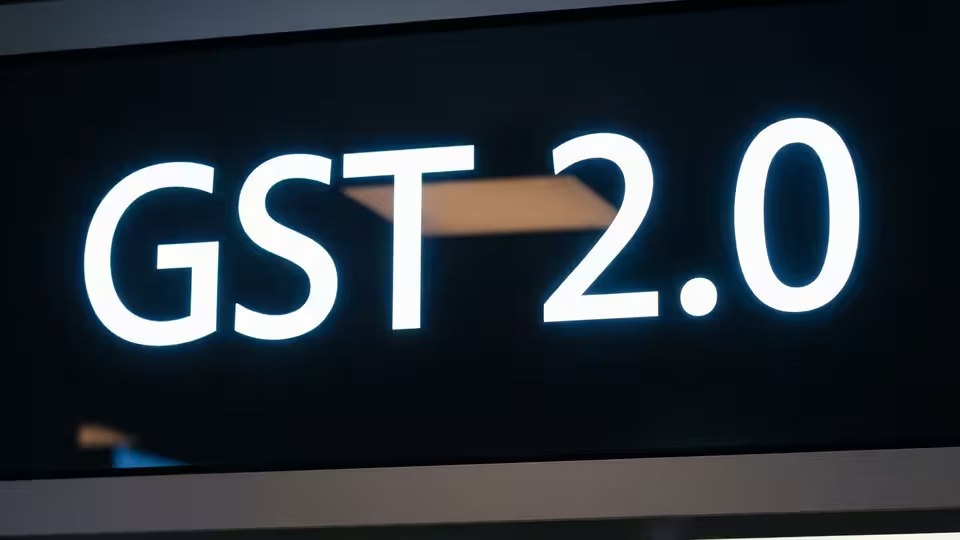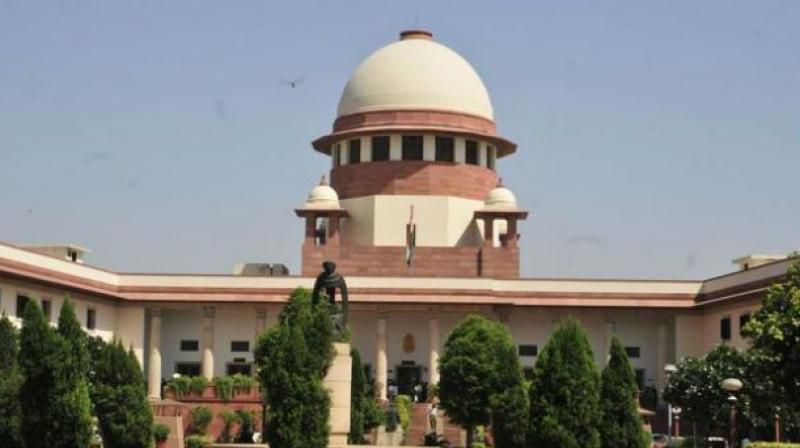
Follow WOWNEWS 24x7 on:

India is preparing for a major transformation in its Goods and Services Tax (GST) framework, with reforms expected to take effect by October 2025. The government is positioning this shift as a festive-season boost for consumers and businesses, aiming to simplify the tax structure, reduce rates, and maintain fiscal discipline.
Here’s a detailed breakdown of the developments:
Key highlights of the GST reform
- A two-tier GST structure will replace the current four-slab system
- Most items in the 12 percent slab will shift to 5 percent
- Nearly 90 percent of goods in the 28 percent bracket will move to 18 percent
- A special 40 percent rate will apply to sin goods like tobacco and pan masala
- The GST Council is expected to finalize the changes by September–October
Structural changes: simplifying the tax landscape
- The reform aims to reduce complexity by collapsing the existing 5, 12, 18, and 28 percent slabs into just two: 5 percent (merit rate) and 18 percent (standard rate)
- Essential items such as food, medicines, and educational supplies will either be exempt or taxed at 5 percent
- Aspirational goods like TVs, refrigerators, and small cars will now attract 18 percent GST instead of 28 percent, making them more affordable for middle-class households
- A limited set of sin goods will be taxed at the maximum legal rate of 40 percent, ensuring continued deterrence without expanding the high-tax category
Revenue impact and offset strategies
- The rationalization is expected to reduce the average GST rate further, potentially leading to a short-term revenue dip
- The government has outlined multiple strategies to offset this impact
- Boosting consumption through lower prices and simplified compliance
- Ending the GST compensation cess collection by December 2025, as sufficient funds have been raised to repay pandemic-era loans
- Enhancing tax compliance via pre-filled returns, faster refunds, and tech-driven registration processes
- Encouraging MSME growth and domestic value addition, which could expand the tax base organically
Fiscal deficit target: staying the course
- Despite the anticipated revenue loss from GST rate cuts, the central government remains confident of meeting its fiscal deficit target of 4.4 percent of GDP for FY26
- This optimism is backed by
- Strong GST collections in recent quarters, with July 2025 alone yielding over ₹1.95 lakh crore
- A shift in budget priorities, including reduced capital expenditure and increased dividend receipts from public sector entities
- A clear roadmap under the revised Fiscal Responsibility and Budget Management (FRBM) Act to keep debt on a declining trajectory
Sectoral impacts and economic stimulus
- The reforms are expected to benefit key sectors
- Agriculture: Lower GST on farm equipment could boost mechanization
- Healthcare and insurance: Proposed 5 percent GST with input tax credit will reduce costs
- Renewable energy, handicrafts, and textiles: Rate alignment will resolve inverted duty structures and improve liquidity
- Exporters: Automated refund processing will ease working capital constraints
Ease of living and business confidence
- The overhaul is designed not just for fiscal efficiency but also for improving the ease of living and doing business
- 95 percent of GST registrations will be processed within three days
- Classification disputes will be minimized, offering long-term clarity
- MSMEs and startups will benefit from reduced compliance burdens and greater predictability
Conclusion: a reform with ripple effects
India’s GST 2.0 is more than a tax tweak—it’s a strategic recalibration aimed at balancing affordability, simplicity, and fiscal prudence. As the country prepares for the festive season, the promise of cheaper goods, streamlined compliance, and a stable macroeconomic outlook could energize both consumers and businesses. The government’s confidence in meeting its fiscal targets, despite the rate cuts and cess withdrawal, signals a mature and adaptive approach to economic governance.
Sources: Reuters, Financial Express, Business Standard, Economic Times, India Today, The Hindu BusinessLine, MSN India, Press Information Bureau, efiletax.in


